Process Bag Filter (Optiwave – Long Bag Technology)
We have adopted and developed Optiwave Pulse Cleaning Technology (OWPC) for long bag filters, which can be applied in various industries. The capability to handle large gas volumes in a smaller footprint area and can also comply with stringent emission norms are the key highlights of the OPWC Technology. OWPC technology, based Pulse Jet Bag Filters, has been indigenized by us by conducting extensive R&D at our manufacturing facility located in Hyderabad. OPWC has surpassed criteria not just on emissions but also in longevity and efficient cleaning of long bags (>8 m).
OWPC generates sonic velocity which induces wave in the bag. This wave travels progressively from the top to the bottom of the bag, thereby cleaning them efficiently. As a result of the wave progression in the filter bag, the dust dislodges directly into the hopper. The sonic wave produced by the OWPC technology has the capability to clean filter bags up to 12 m in length. The technology relies on releasing high rate of discharge of compressed air, using medium air pressure (approx. 2.0-3.5 bar), in a short duration of time resulting in effective cleaning.
OWPC Technology based bag filters has a unique design to ensure uniform distribution of gases along the entire length of the bag filter. This ensures that the gases are evenly distributed among all the modules of bag filter and also ensures lower pressure drop across the bag filter system. All these features coupled with the guarantee of achieving stringent emission norms make the Optiwave Pulse Cleaning Technology an highly attractive system for various industrial applications
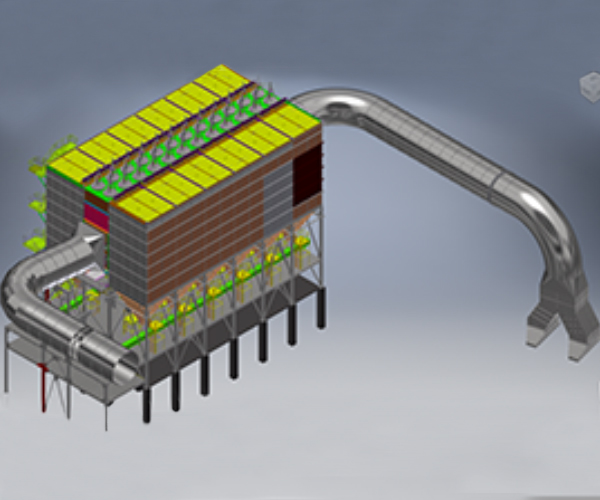
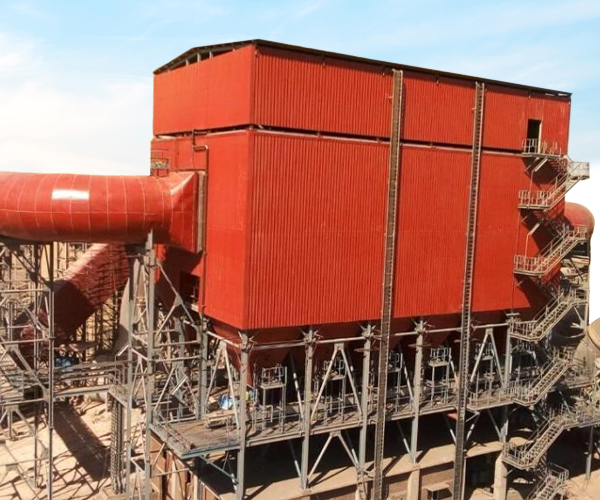
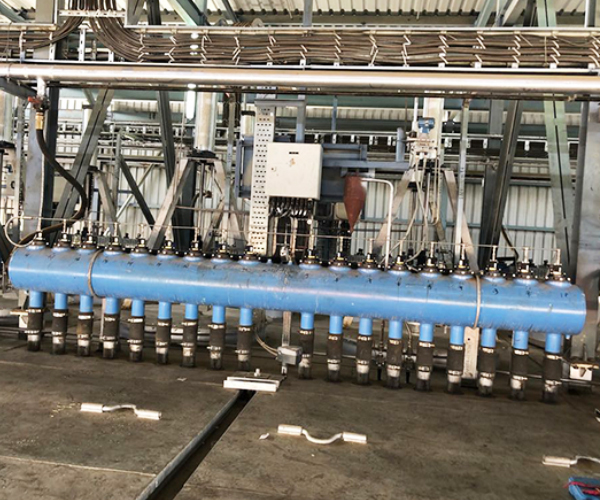
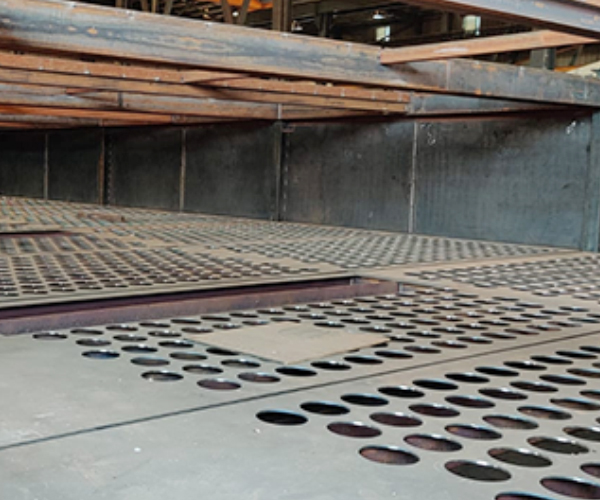
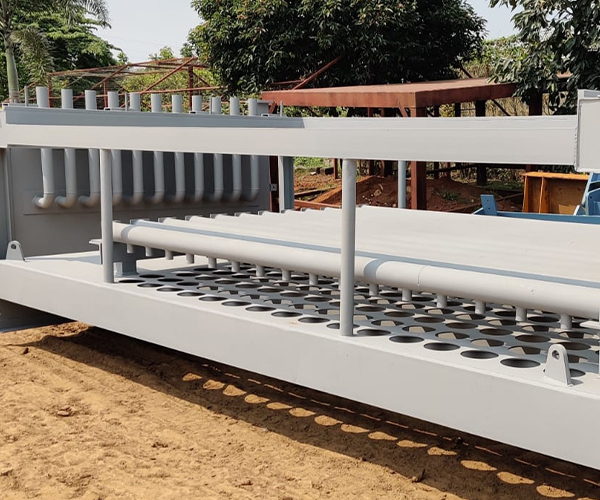
Cement industry is one of those industries given to comply with the most stringent emission norms. Pulsejet Bag Filters have been first adapted about 20 years ago with the objective of reducing the particulate emissions (PM) to less than 100 mg/m3, however recent reforms have asked for advanced technologies to bring the emissions further down from 30 mg/Nm3 to 10 mg/Nm3.
Optiwave Pulsejet Bag Filters pioneered by us, have surpassed criteria not just on emissions but also in longevity of bags & efficient bag cleaning techniques. The following applications have seen extensive use of the technology:
Most of the international Steel companies have already adapted the Pulsejet Long-bag Technology for their large gas volume processes. In India, the likes of JSW, Tata & SAIL have already started moving from traditional ESPs to Pulse-jet Bag Filters in order to prepare for norms in coming times.
The major value addition with Optiwave Cleaning comes with respect to increased bag-life and reduced consumption of compressed air for bag cleaning. The following applications in Steel have seen extensive use of Pulsejet Bag Filters in the recent times where desired emission is 30 mg/Nm3 to 10 mg/Nm3
Ferro-Alloys & Minerals Industry have the following application of Pulsejet Optiwave Technology where desired emission is 30 mg/Nm3 to 10 mg/Nm3:
Extensive use of Pulsejet Bag Filters in below applications where desired emission is less than 30 mg/Nm3 to 10 mg/Nm3:
and more…
We have adopted and developed Optiwave Pulse Cleaning Technology for long bag filters, which can be applied in industries aimed at complying with stringent pollution norms. Optiwave Pulsejet Bag Filters pioneered by us, have surpassed criteria not just on emissions but also in longevity of bags & efficient bag cleaning techniques.
The principle is based on creating a high pressure inside the filter bag by axially injecting a large volume of compressed air into the top open end of the bag. The distribution of compressed air in short pulses is performed by selectively firing a pulse valve, connected to a tank containing compressed air. The pressurized air pulses are supplied to a row of bags by a tube provided with small orifices or nozzles, which direct the jets of compressed air at a high velocity into the top of the bags.
The nozzles in the pulse pipes are arranged in such a manner that the discharge of flow is equal in all the nozzles along the length of the pulse pipe. As the air burst travels down and through the bags, a pressure and shock wave is transmitted down the length of the filter bags. The bags expand, and as their shape changes rapidly from concave to convex, the fabric flexes and the dust layer cracks. As the bags expand to their full circumference and rapidly decelerate, the particles in the dust layer are partly dislodged due to inertia forces. This dislodged dust cascades down the length of the bags and eventually settles into the hopper located below the bags.
The fast action of the compressed air release into the filter bags results in a minor stretch of the fabric when it is expanded to the circular form. At the same time no bending of the fabric or friction against the cage occurs in this expanded circular form. Hence the fast, efficient cleaning will have no negative effect on the bag life. On the contrary, it prolongs the bag life by keeping the fabric clean and in full operation throughout the life of the filter bag. Please contact our teams to know more about Optiwave Pulsejet Bag Filters…





In 2018, we have successfully installed three new units of Optiwave Pulsejet technology based long bag filters in the cement industry. One of which was at one of our client location at Sudan, for a Cement Kiln application with 8m long bags. ASCF is one of the leading cement groups in Sudan, with a capacity of 2 million tons annually.
Technical specifications of OWPC long bag filter at ASCF, Sudan
| Parameter | Unit | Design | Operating |
| Gas volume | Am3/h | 8,88,590 | 8,75,000 |
| Inlet gas temperature | Deg. C | 240 | 160 |
| Inlet dust load | g/Nm3 | 100 | 100 |
| Compressed air consumption | Nm3/h | 120 | 106 |
| Air pressure in the header | bar | 2.5-3.5 | 2.5 |
| Pressure drop across the bag filter | mmWC | ≤150 | 120 |
| Outlet dust load | mg/Nm3 | ≤30 | 13.4 |
Another one of our installations was at one of the leading Cement Manufacturers in India, in 2018. The designed bag filter supplied by us has successfully attained lower emission than the given norms. An overall pressure drop savings of 20 mm WC was achieved with our design that translated to fan power savings of 44 KW. The compressed consumption under operation was 445 Nm3/h, which is a reduction of 65 Nm3/h against the design value, thus further operational cost savings for the Client.
Process parameters of the bag filter:
| Parameter | Unit | Design | Operating |
| Gas volume | Am3/h | 6,50,000 | 6,48,000 |
| Inlet gas temperature | Deg. C | 120 | 100 |
| Inlet dust load | g/Nm3 | 500 | 450 |
| Compressed air consumption | Nm3/h | 510 | 445 |
| Air pressure in the header | bar | 2.5-3.5 | 3 |
| Pressure drop across the bag filter | mmWC | ≤130 | 110 |
| Outlet dust load | mg/Nm3 | ≤25 | 21 |

